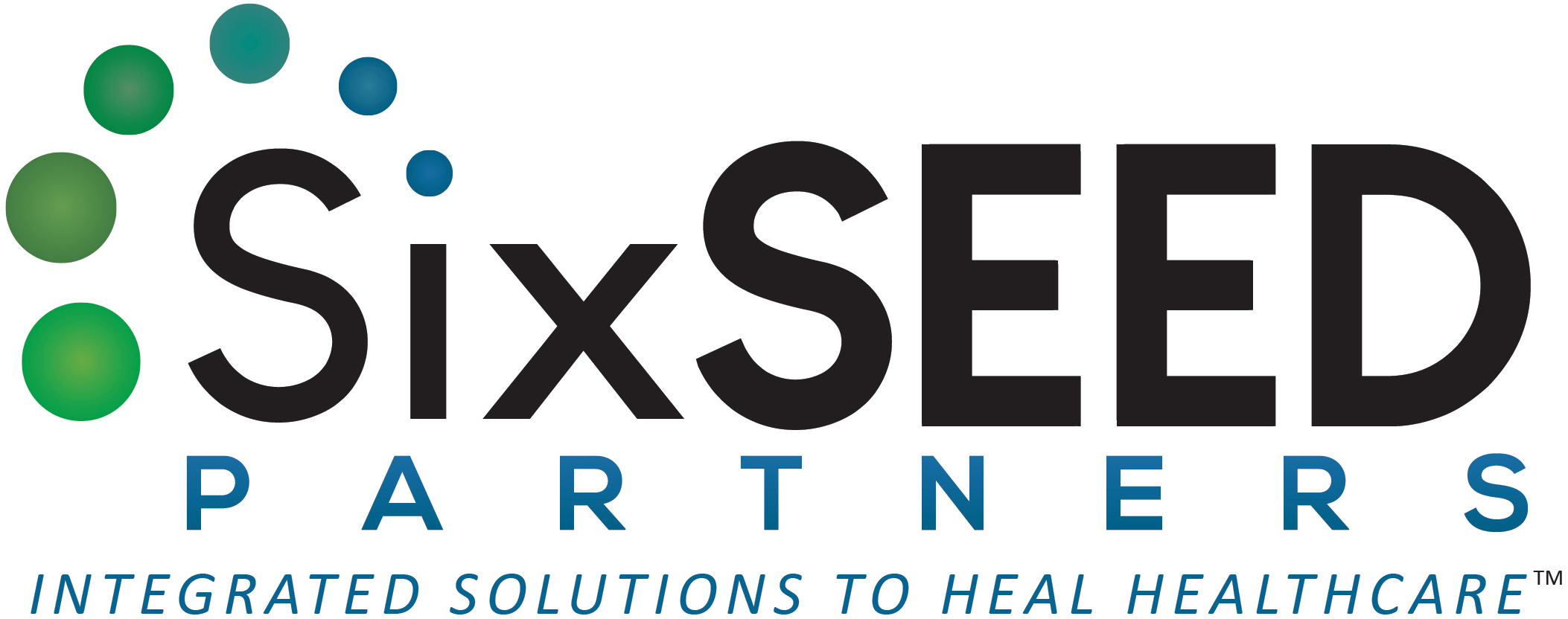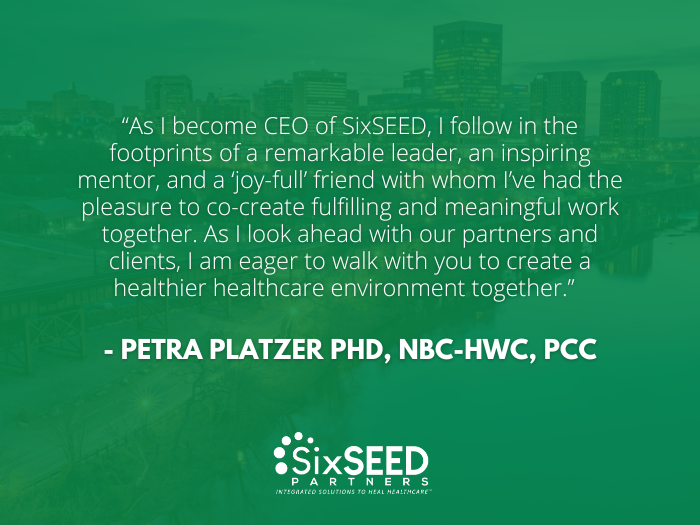Petra Platzer, PhD NBC-HWC, PCC: CEO SixSEED Partners
Background
SixSEED Partners concluded a year-long Team Development Series with a team of neonatal physicians and advanced practice providers at a community-based hospital outside of a major urban city. The vision of the executive sponsors was to strengthen team bonds and increase the team’s effectiveness for patient care delivery and for their own well-being. Throughout this series, we helped the team increase their self- and team-awareness around their ways of thinking by providing evidence-based tools and frameworks to use in their day-to-day work and team interactions. The team’s medical director and advanced practice providers lead continued threading the tools and framework into the team’s daily work and interactions. They also provided real-time feedback for the team into the session design process to achieve the overall engagement results. In the latest session, the team successfully worked together to “optimize team communications for effective patient care rounds”.
Client Results
The Strategy:
Building on the progress from the last session, the team leaders asked SSP for help on codifying what the team had skillfully demonstrated in the last session – new ways of discussing, listening and coming to decisions on topics that had different opinions. With the series concluding, it was also crucial to their success to define ways for actively sustaining the progress everyone had made, as well as how to intentionally bring new team members into this way of working together.
The Solution:
SSP’s Petra Platzer and Lisa Hompe designed a highly interactive and experiential session for the team to craft their Team Norms within their new Team Operating Manual. In this 2 hour in-person session, sixteen physicians and advanced practice practitioners “experienced” a Team Work Cycle by physically walking through it together and noticing their own energies and preferences in the phases. After learning about this cycle and their own natural tendencies, the team then moved through the work cycle process to make simple rules of behaviors as their working agreements for how they are most effective together – and consequently, their patients.
The Impact:
Through this facilitated, experiential design, the neonatal division created five team norms which all members actively built together and voted on for consensus. Through everyone’s efforts in this series, the team’s improved psychological safety and alignment on their shared purpose helped them in focusing on voicing their individual needs and the needs of the team, as well as in their decision-making process for the final sets of behaviors they are now empowered to uphold and support each other on.
One participant shared she started the session in a low energy state after a challenging day in the NICU. She was pleasantly surprised that her energy was much improved through feeling the energy of the team and the satisfaction from everyone doing this work together – for themselves. Another shared she had never had such a productive outcome from everyone’s participation in this big a group, and in such a short time. The team leaders shared their pleasure in seeing the team really own the process and felt their shared investment in upholding these norms going forward together.
To learn more about doing this kind of work to support and elevate your team to the next level, contact SixSEED Partners today.




